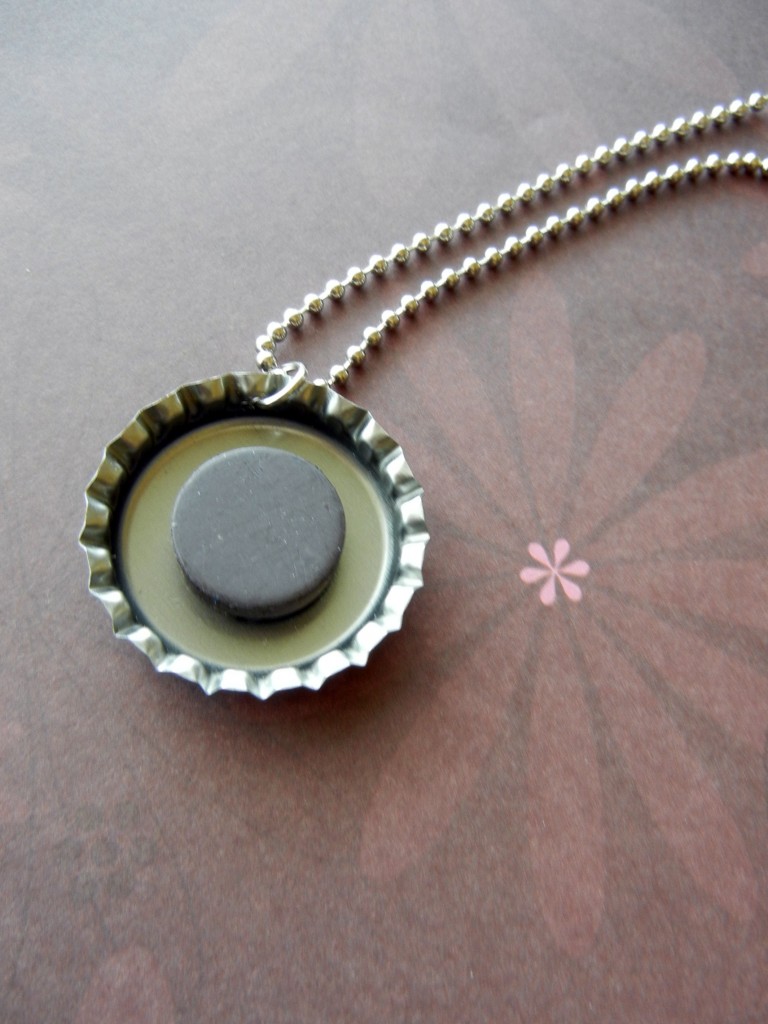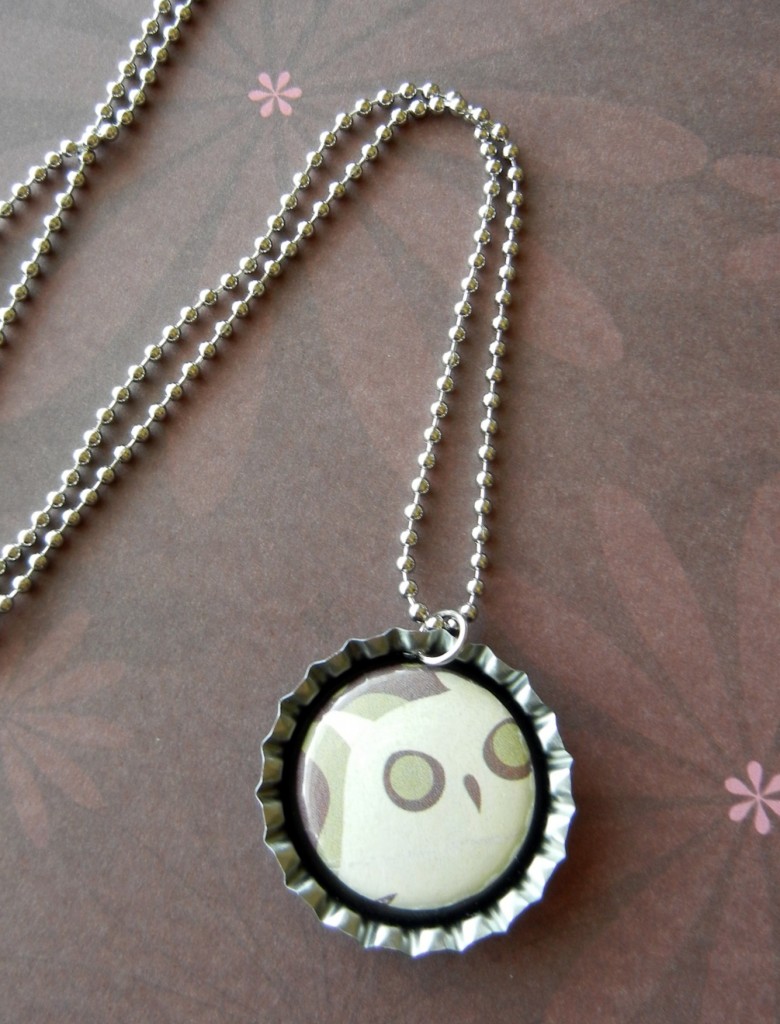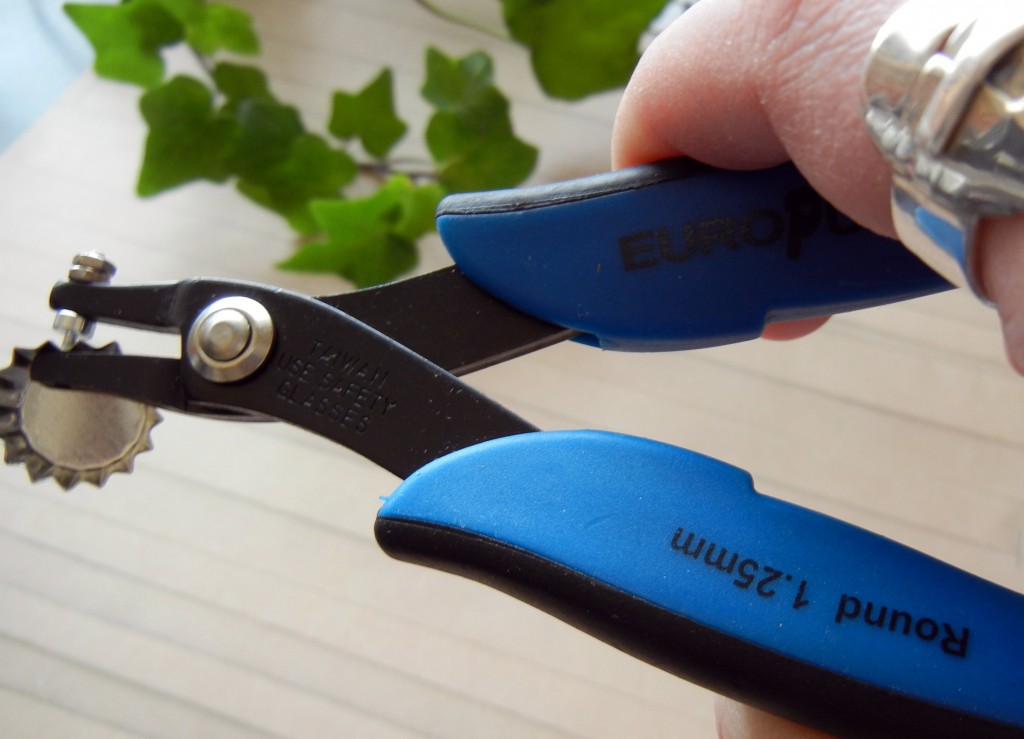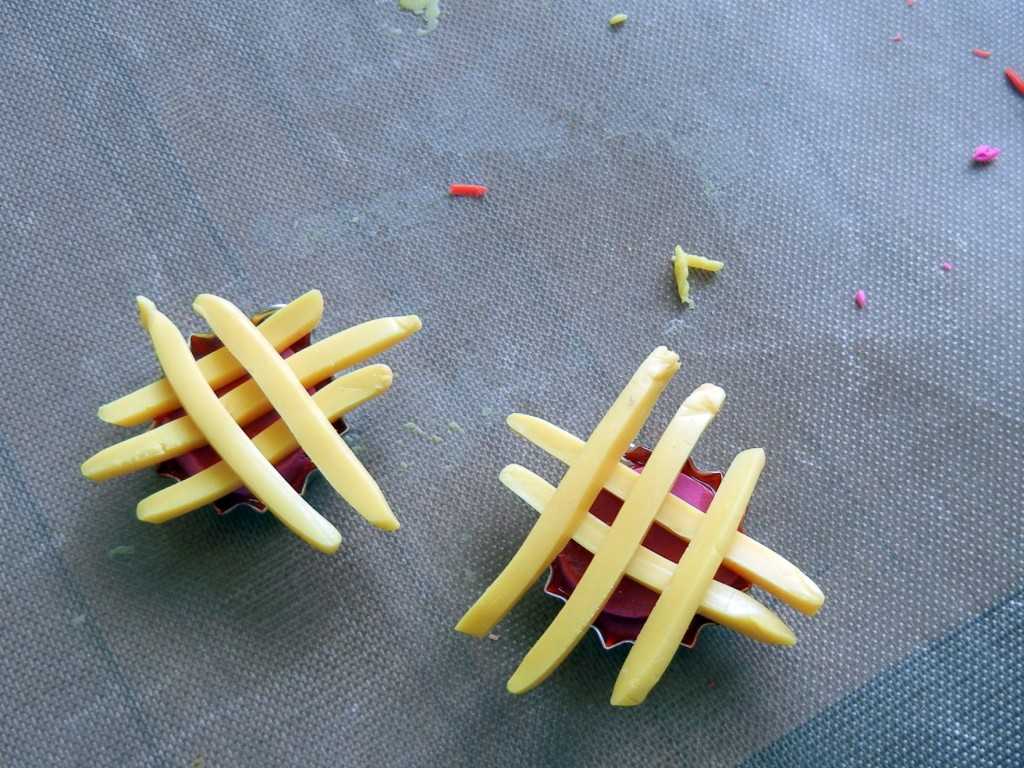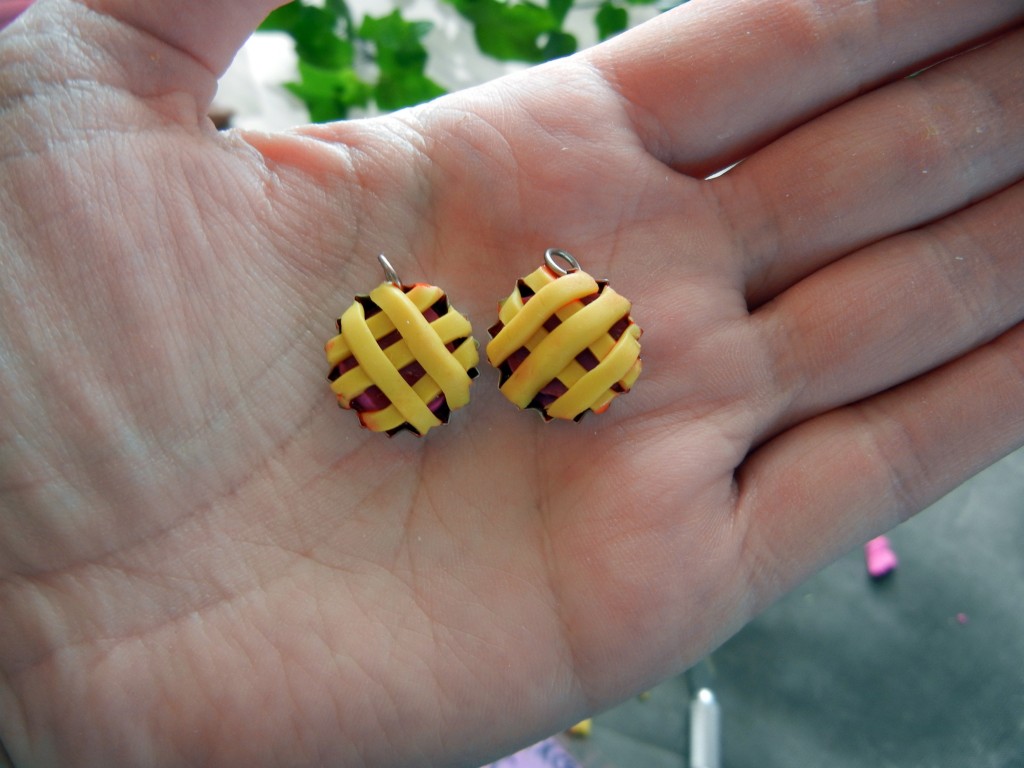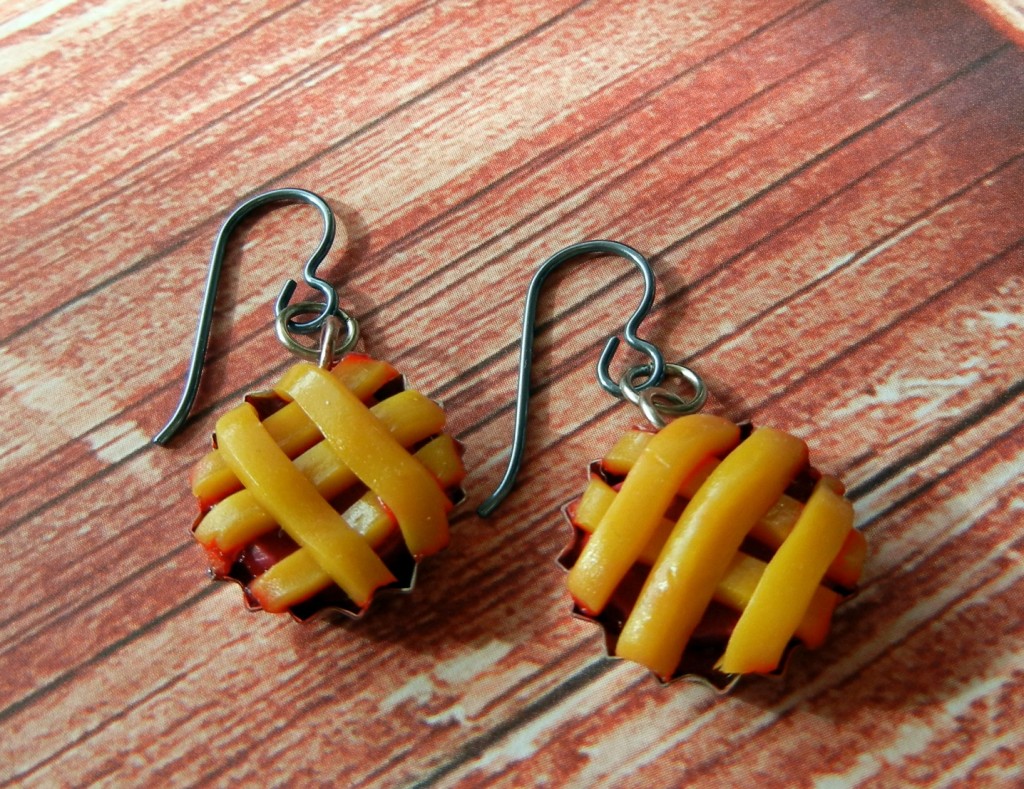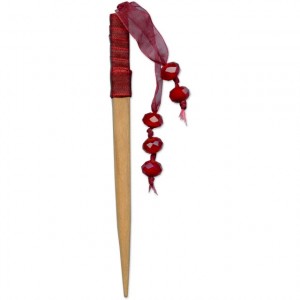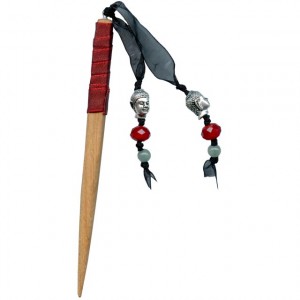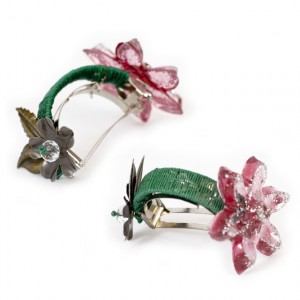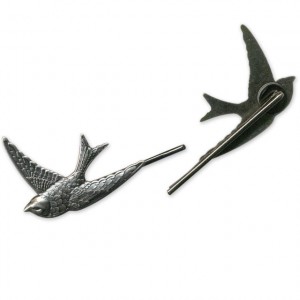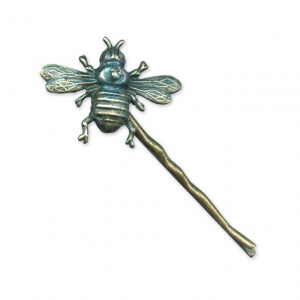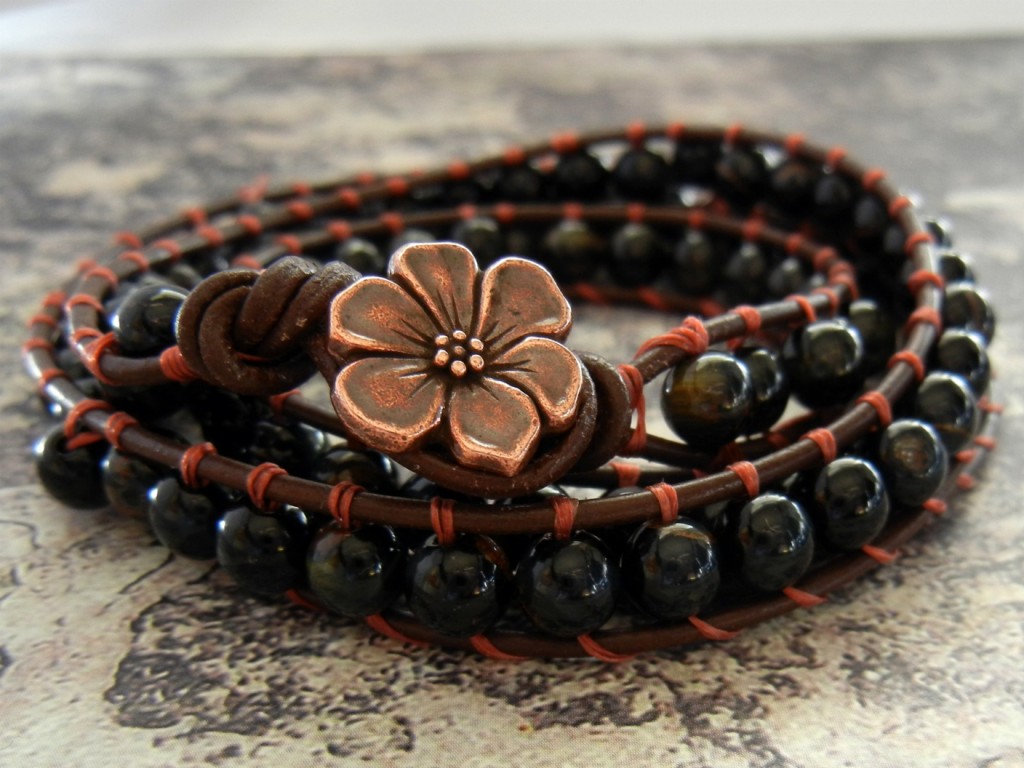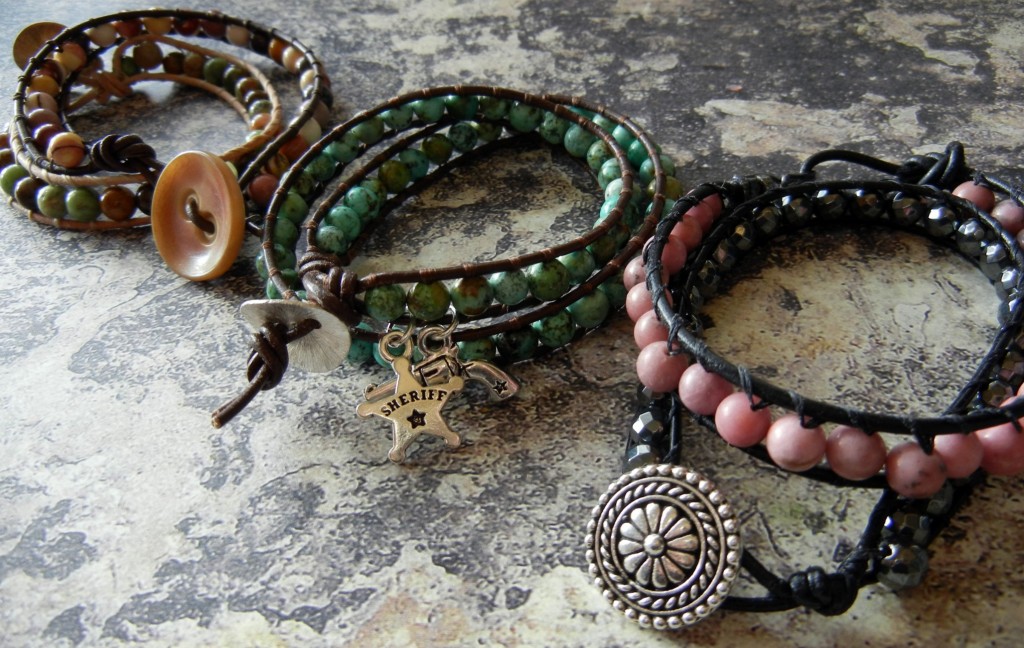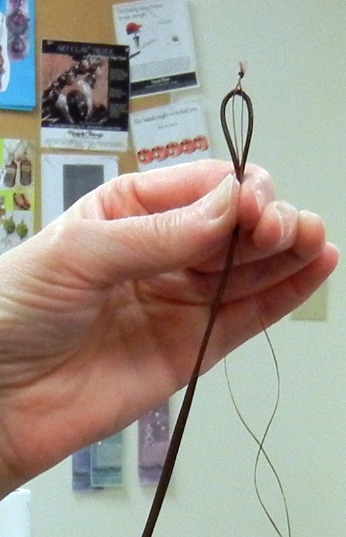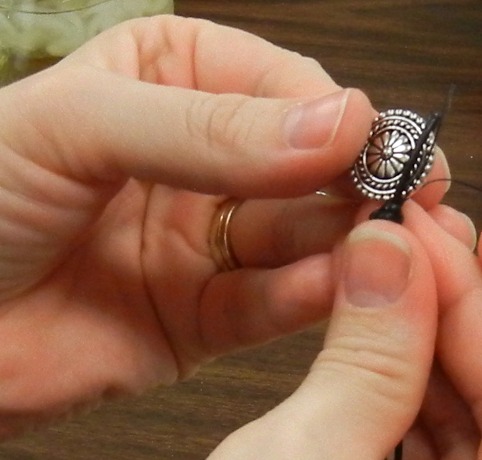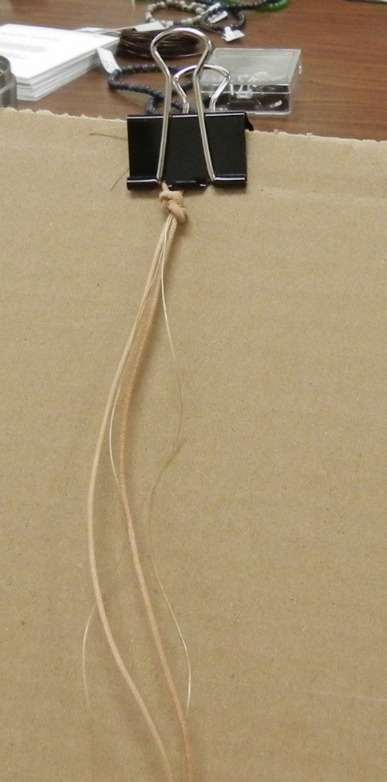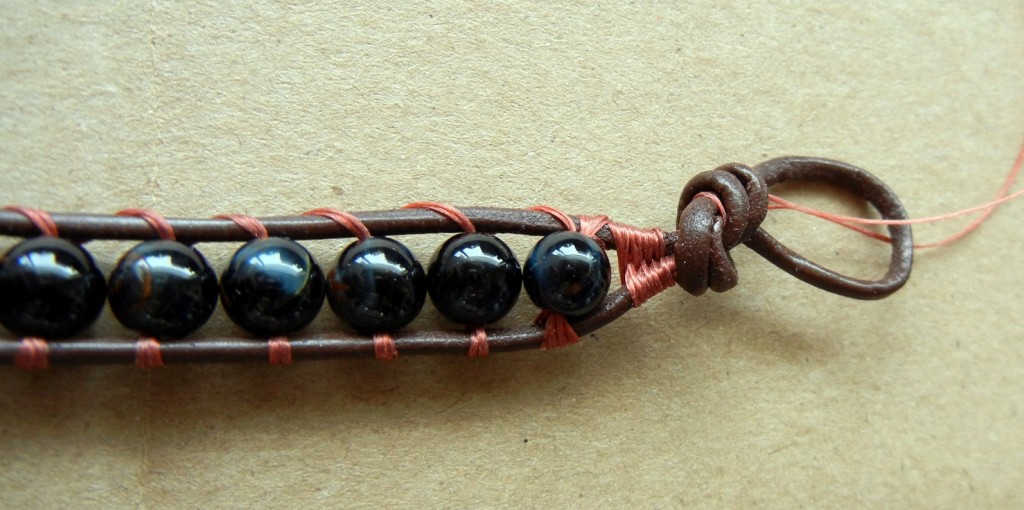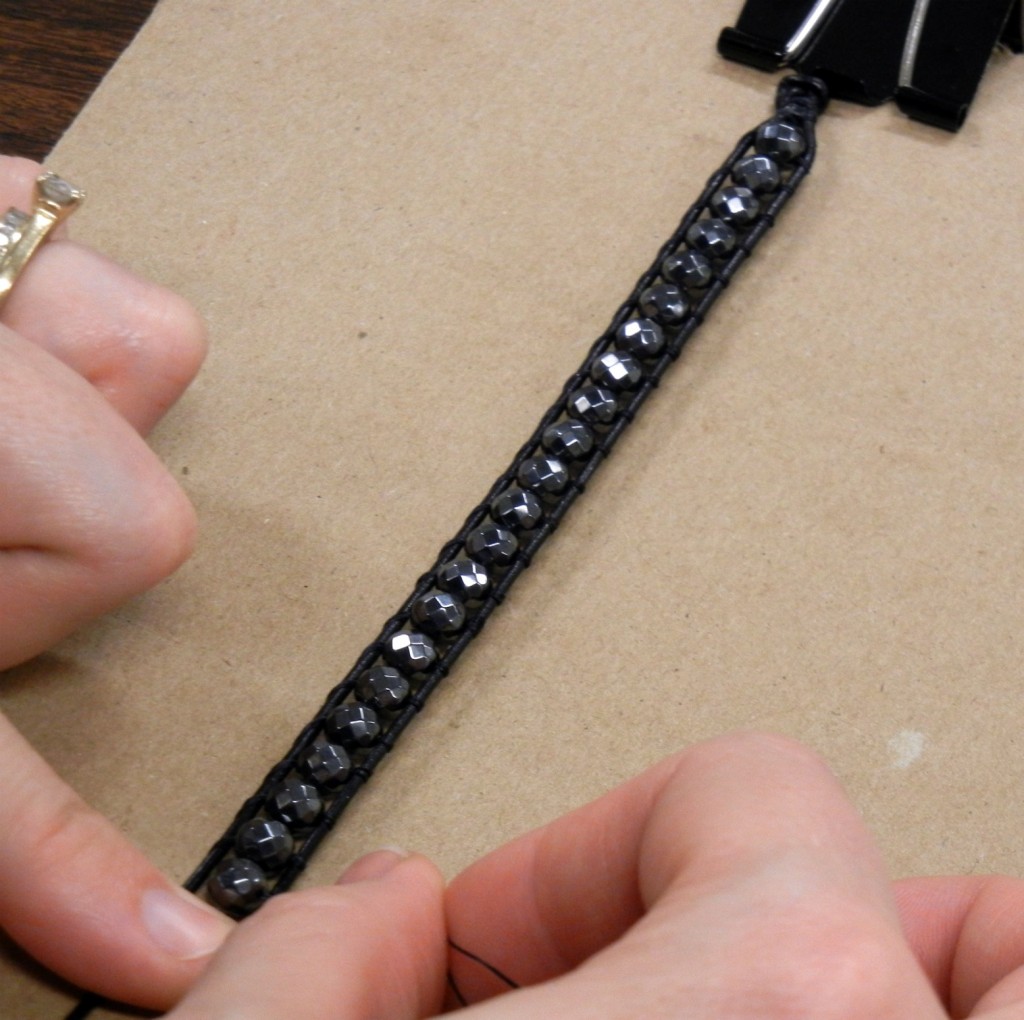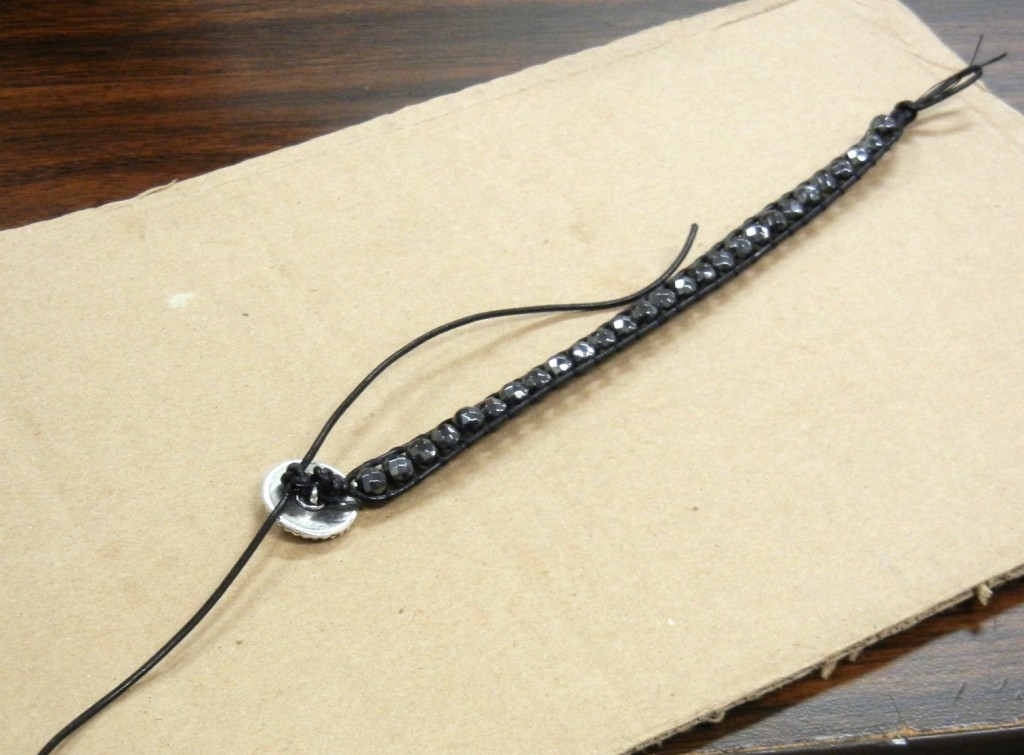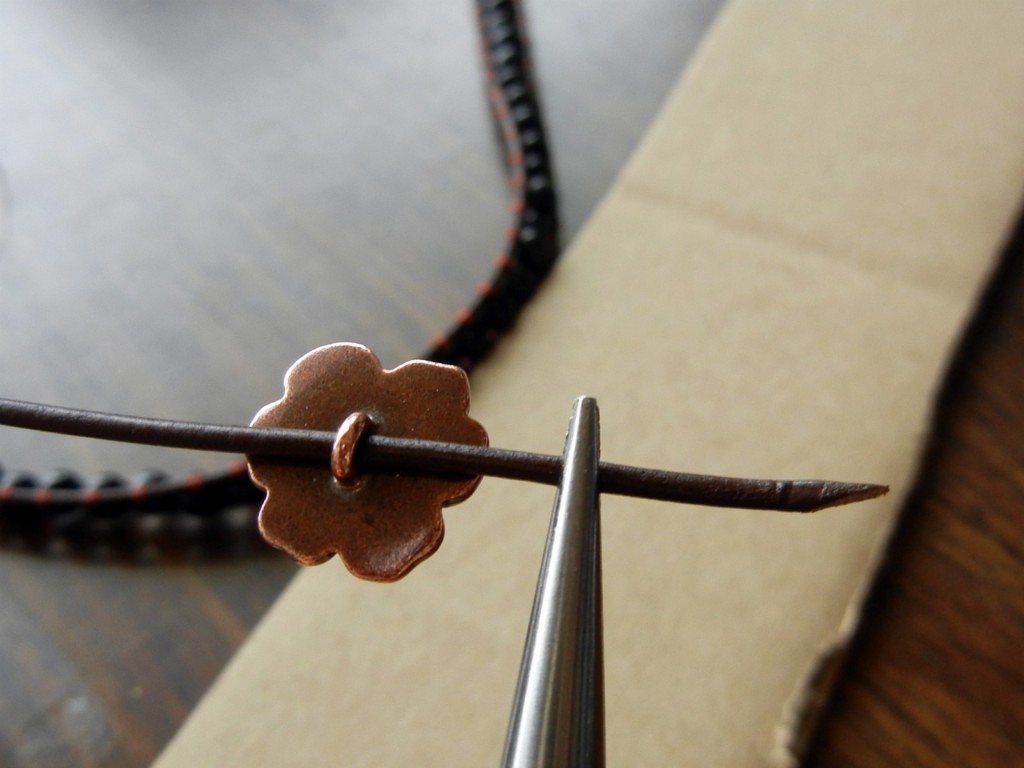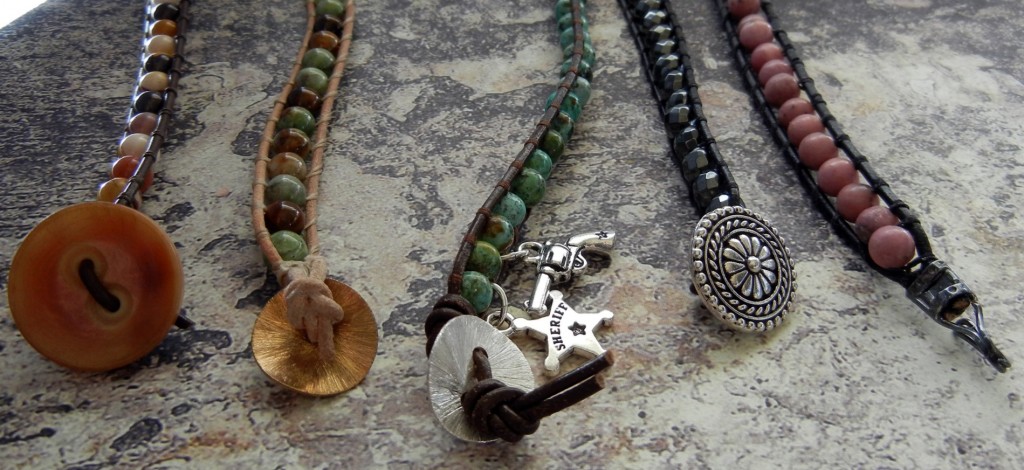{Thanks for clicking the Share buttons, to tell a friend!}
We’re very fortunate to have Toni, a mixed-media artist and art teacher, as one of our jewelry designers here at Rings & Things. From pottery to doll making, Toni has dabbled in it all. So when we started seeing fabulous fabric tag pendant necklaces in magazines like Belle Armoire and Cloth Paper Scissors, we asked Toni to make a few for our design team to play with. She has a huge fabric stash and was more than happy to put her scraps to good use! Toni’s “Patchy Blue Skies” in our design gallery also has a wee little birdie.
Whether you’re a jewelry artist or a fiber artist, it can be a lot fun to cross over into a similar craft. It challenges your creativity. Toni never does anything half way, so we had a ton of fabric swatches and squares of all sizes and patterns to play with. Here are some of the results, as well as some design tips and tricks we learned along the way.
First off, Toni sandwiched a piece of felt between two layers of fabric to give each tag a nice sturdy feel. If you’re using thick fabric, this step can be omitted. Most of the designers used
3/16″ eyelets to create a sturdy hole from which to hang their tags, but as you’ll see, you have other options.
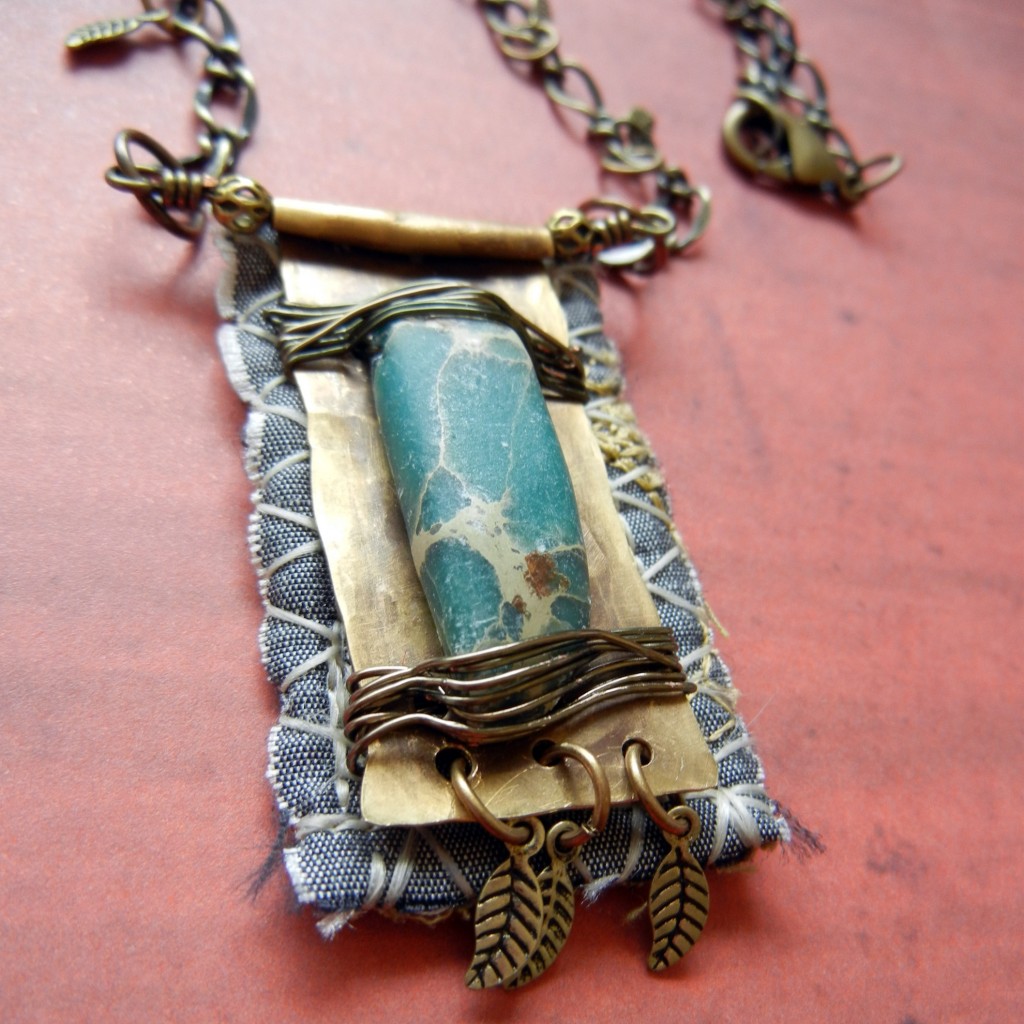
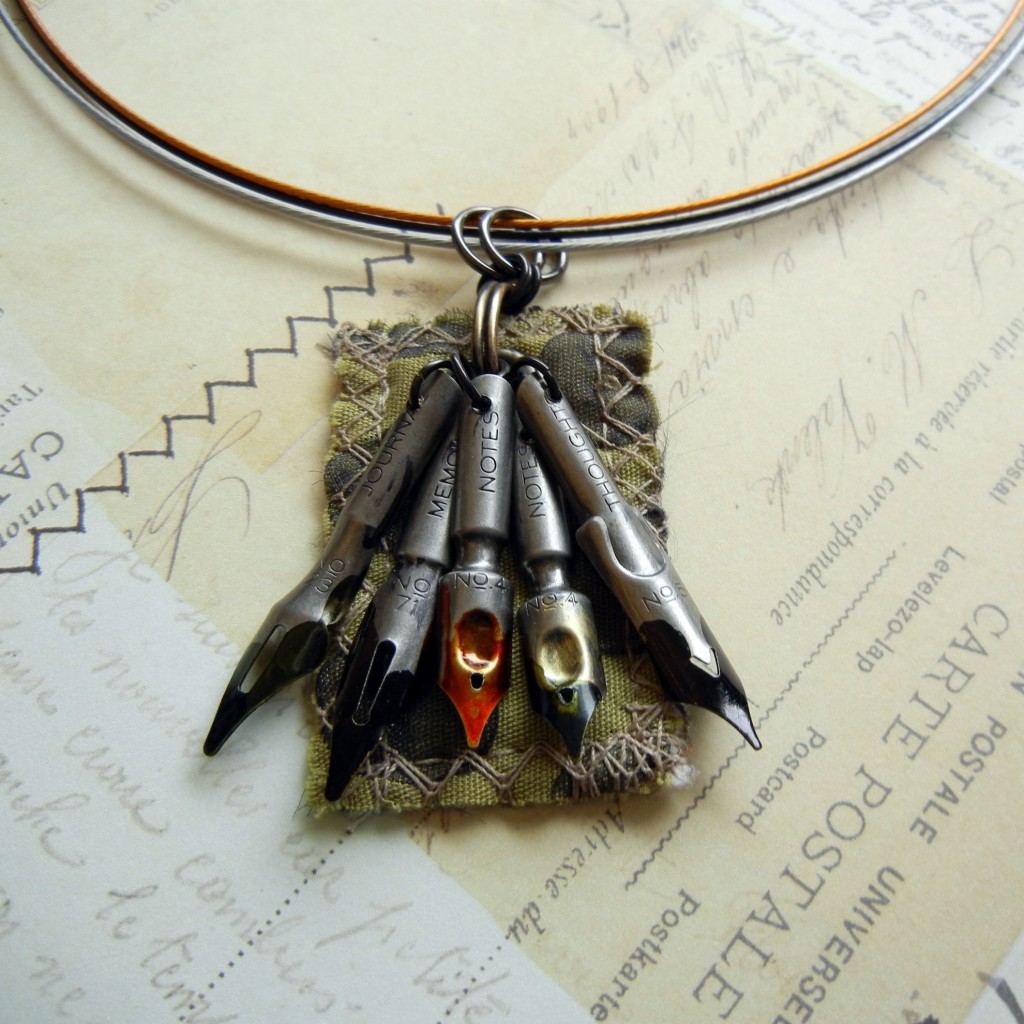
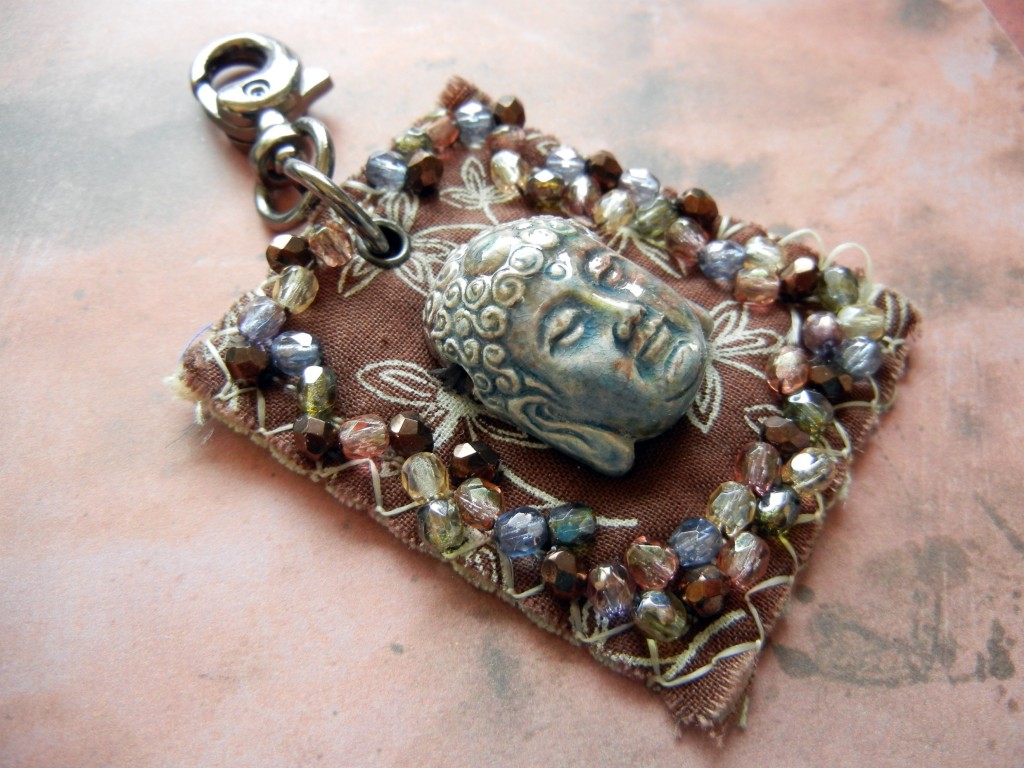
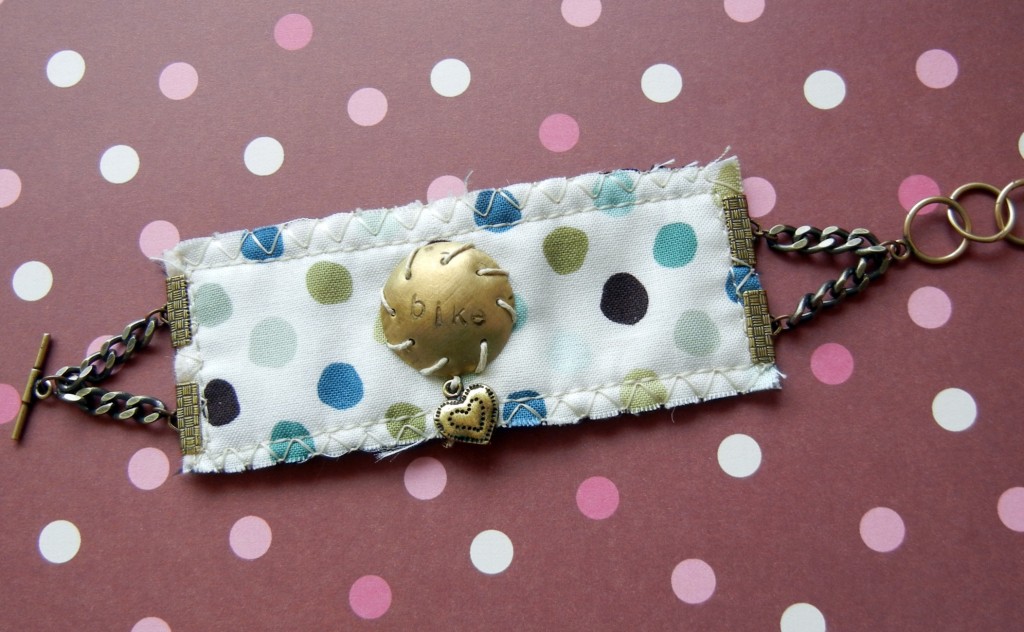
I used choker clamps to grip the ends of the tag and added short sections of chain to turn it into a cuff bracelet. The choker clamps could also work in place of a bail to make a pendant.
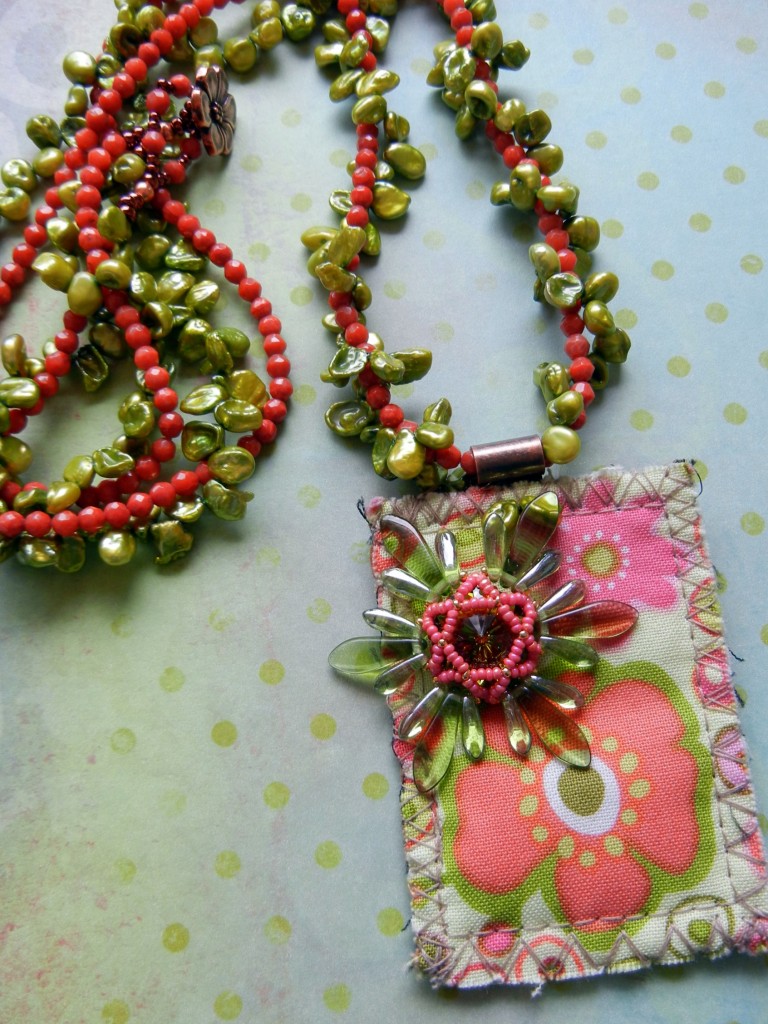
It is so much fun to see what unique designs people come up with, even when starting with almost the same inspiration. Look for one of Toni’s fabric tag designs in an upcoming Rings & Things magazine ad! ~ Cindy
Shopping list:
Buy some of the items used in these projects…
Vintaj “rustic” altered base-metal canvases
impression stone beads & lime keishi pearls from our BeadTour bead shows
PS: here are some handy links to some other how-to‘s in the Rings & Things blog!
- Two ways to color metal using Image Transfer Solution
- How to dap & dome metal jewelry
- How to use heat to patina brass charms & filigrees
- How to make interchangeable magnetic jewelry with 1? buttons
- How to make polymer-clay pie earrings using mini bottle caps as pans
- How to get creative with hair sticks
- How to make wrapped leather bracelets
- How to get creative with hair sticks

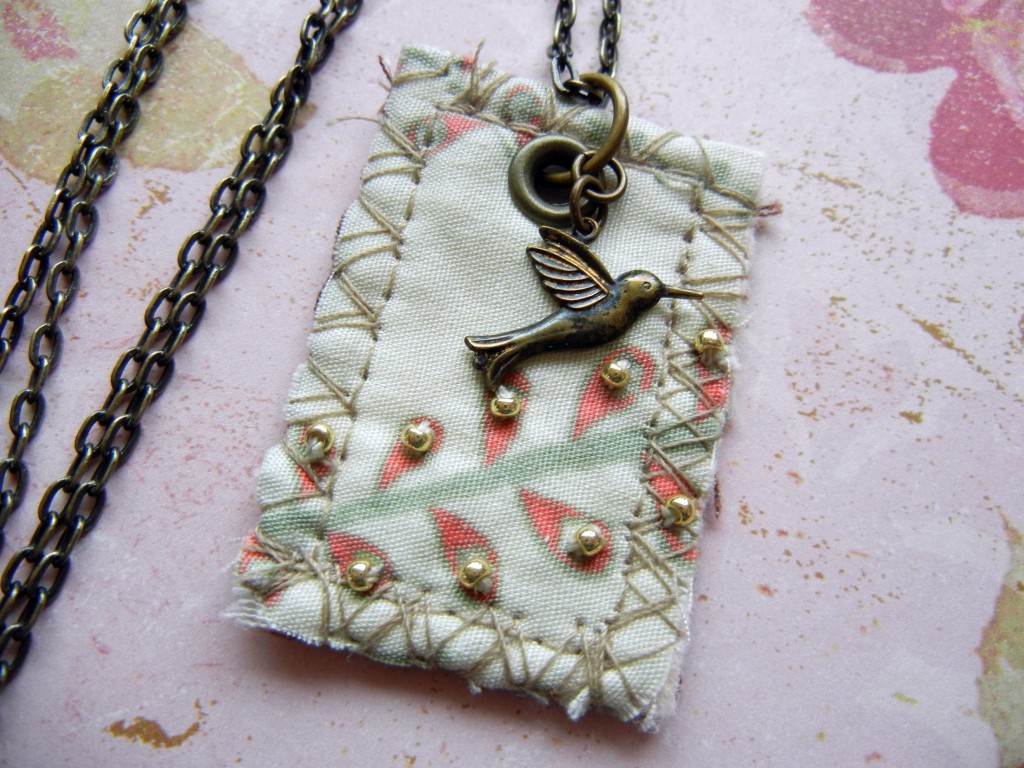
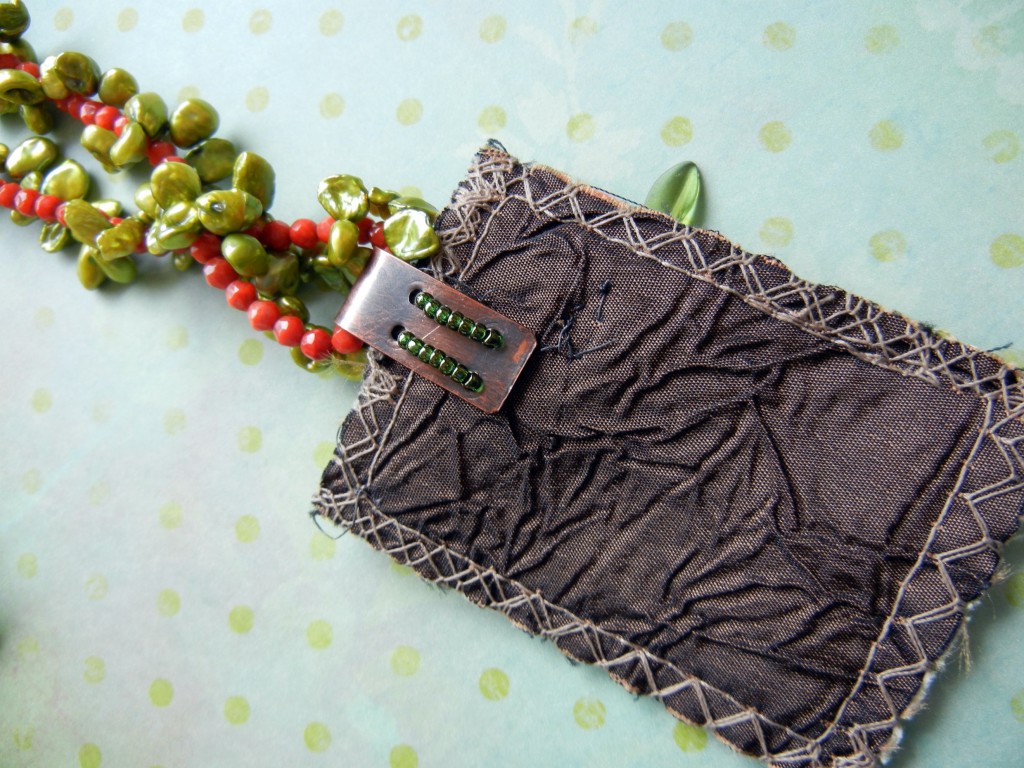
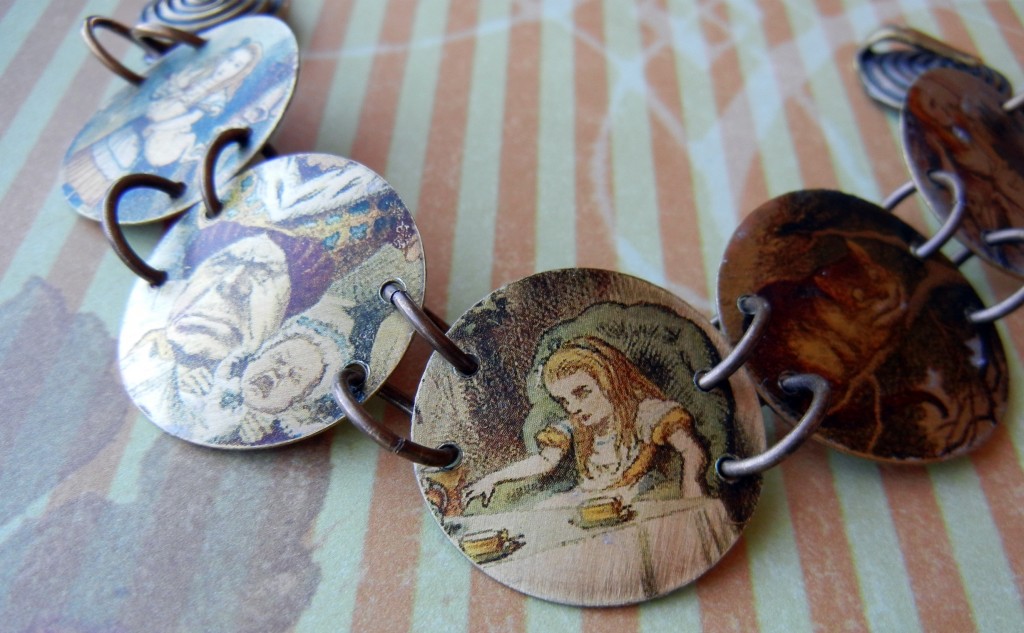


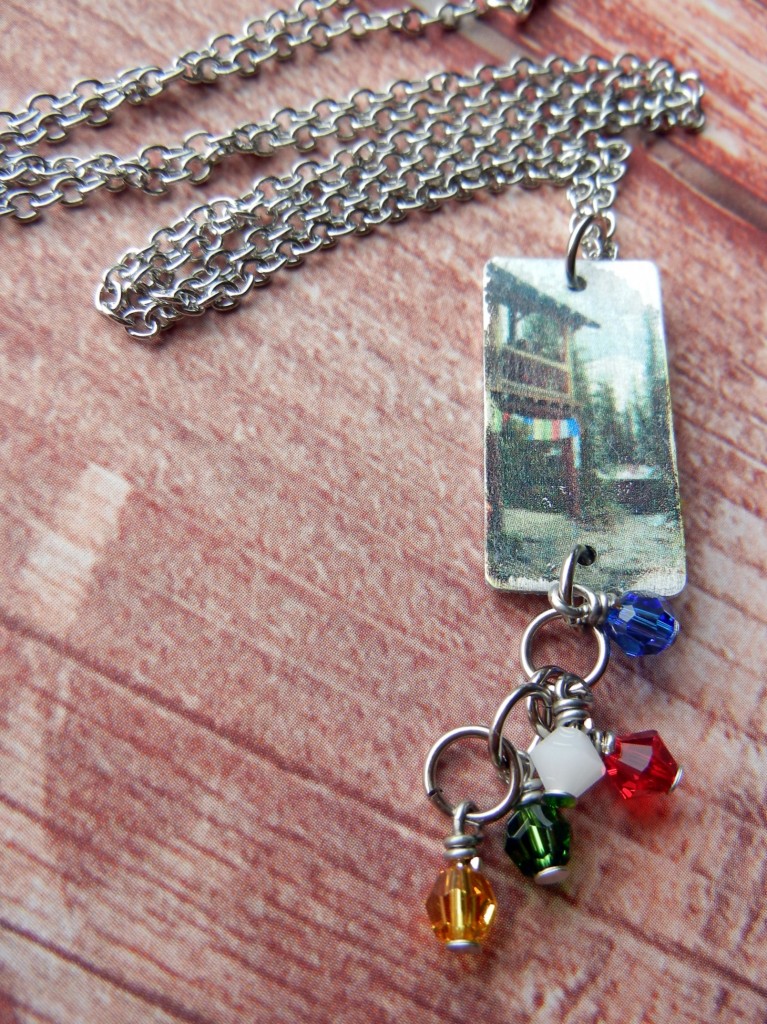

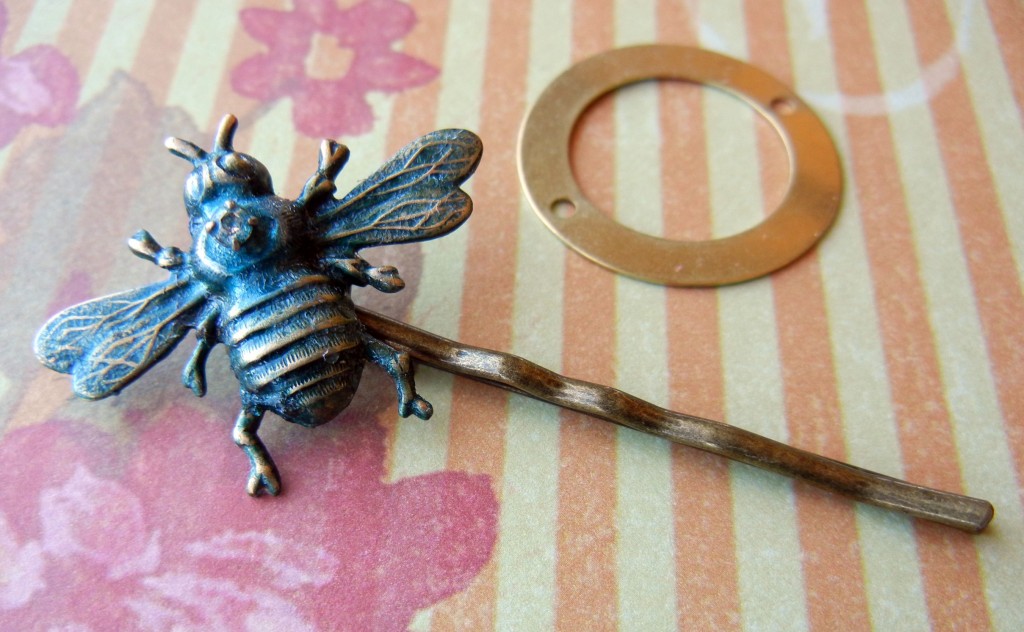
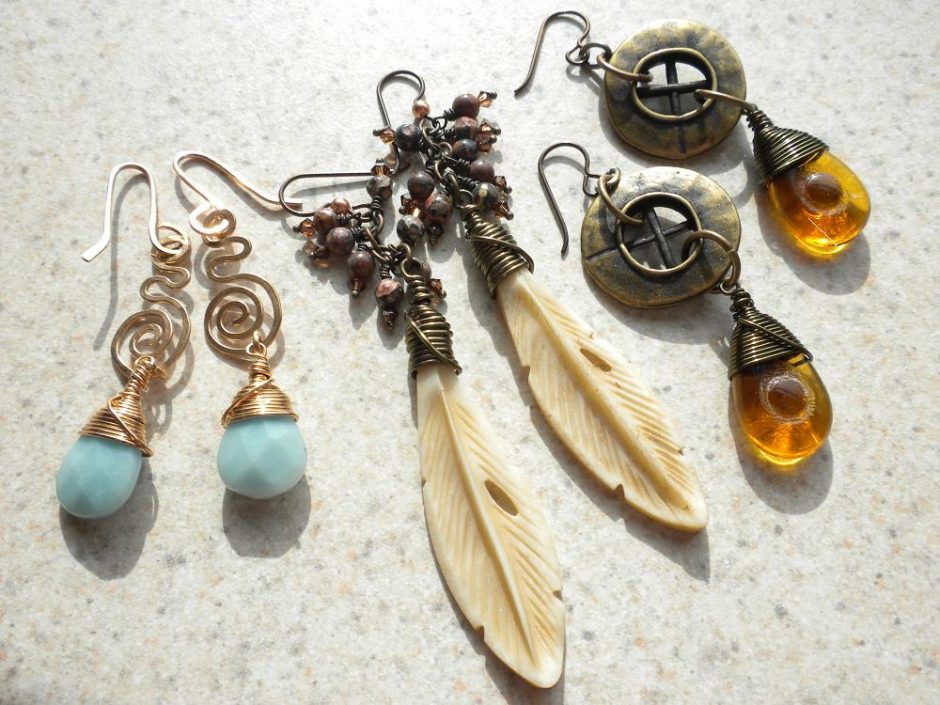
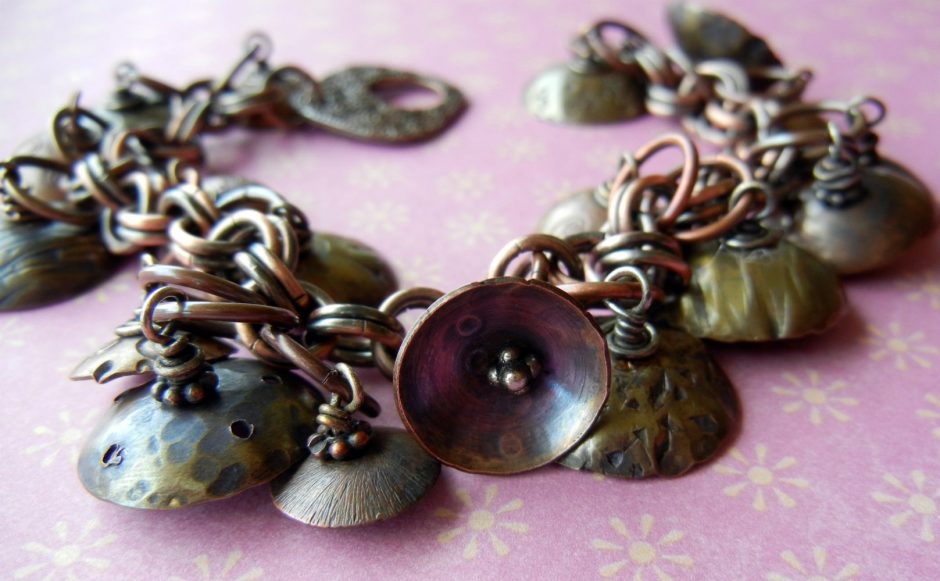


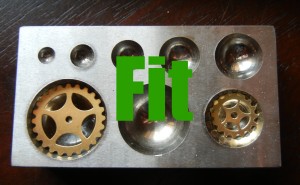
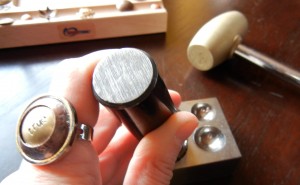
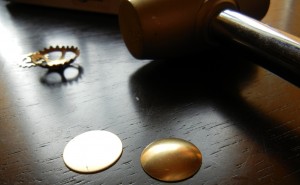



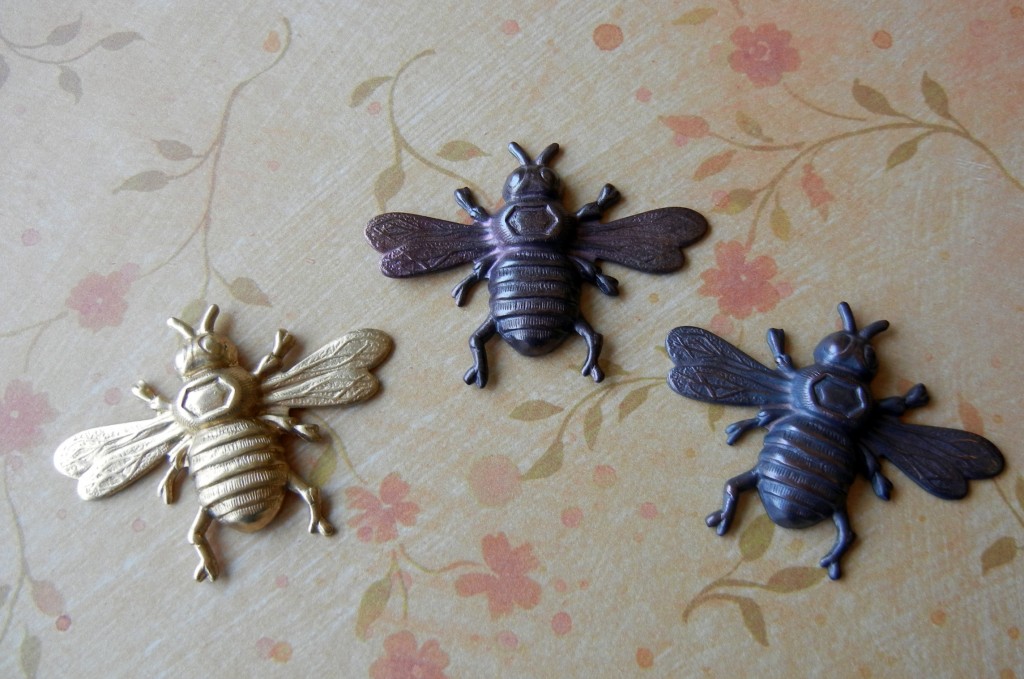


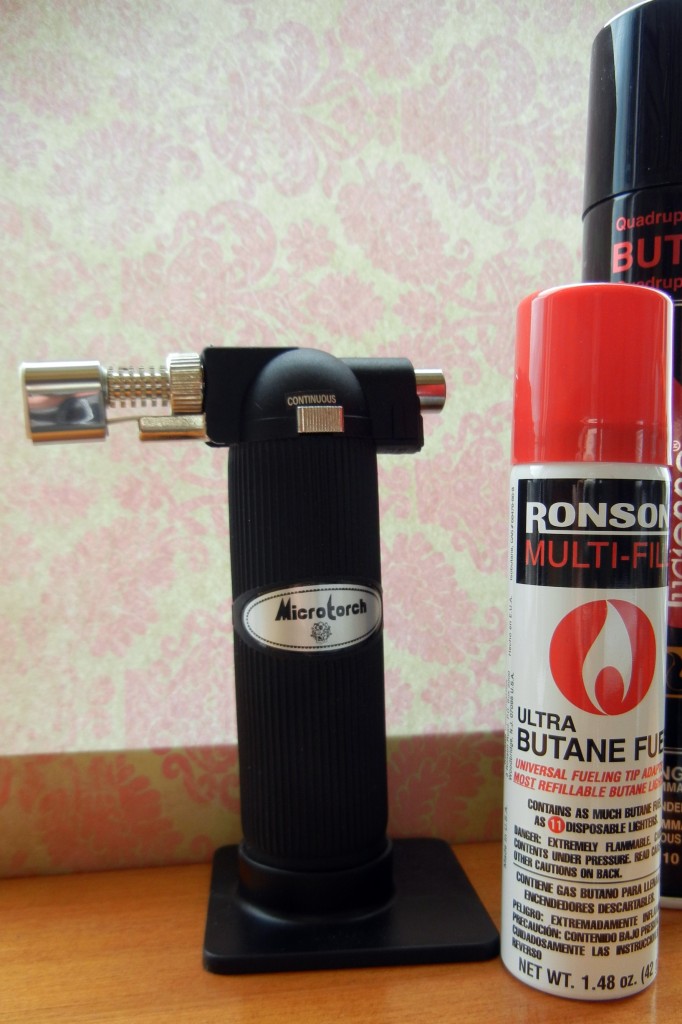
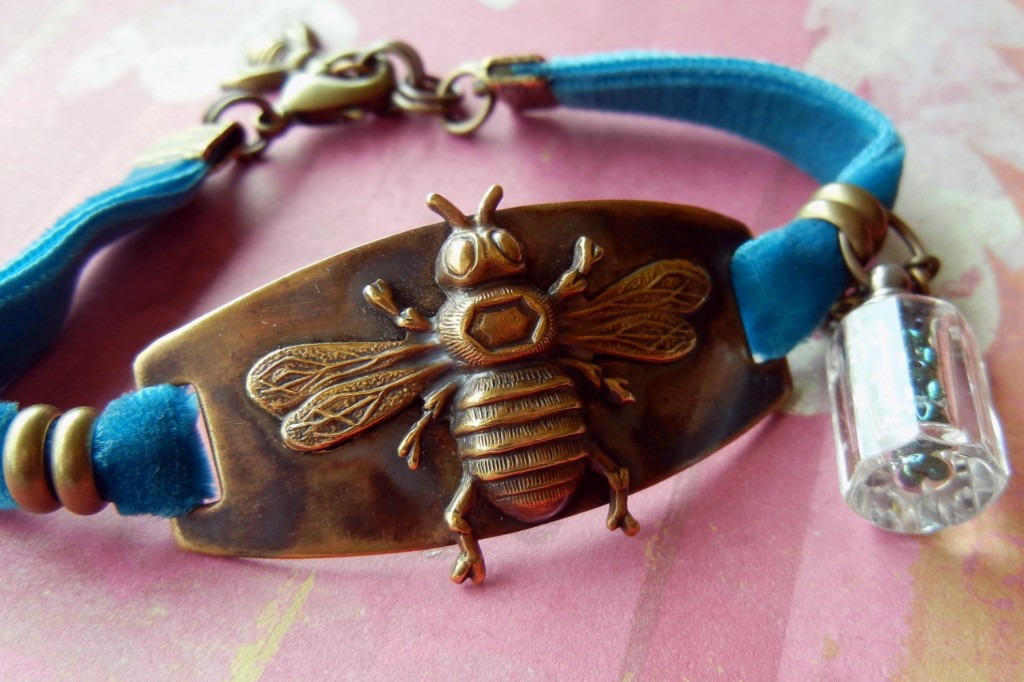
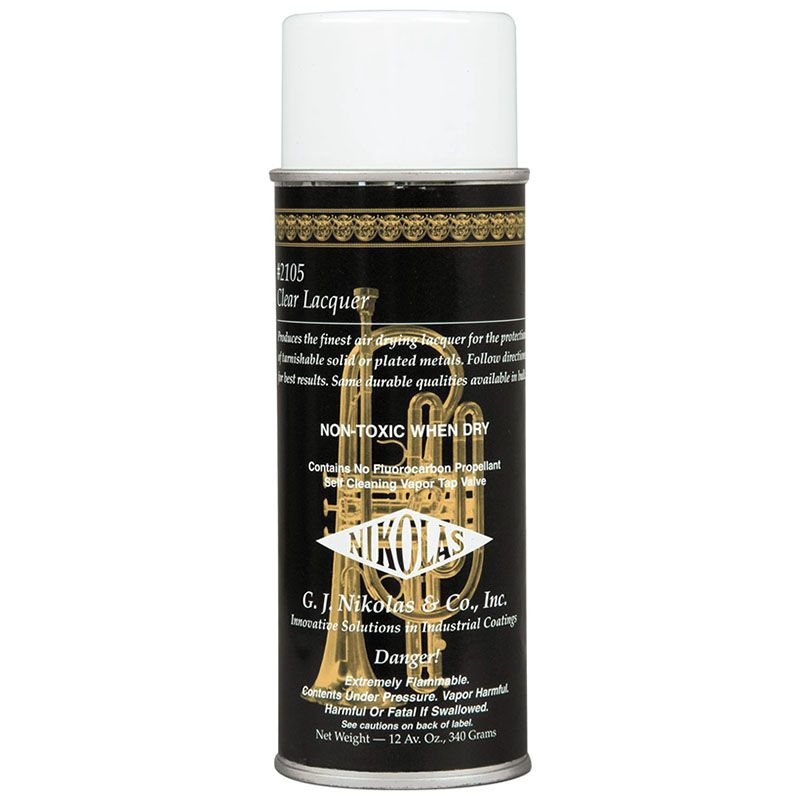
 Handmade magnetic bottle cap necklace with assorted buttons
Handmade magnetic bottle cap necklace with assorted buttons
